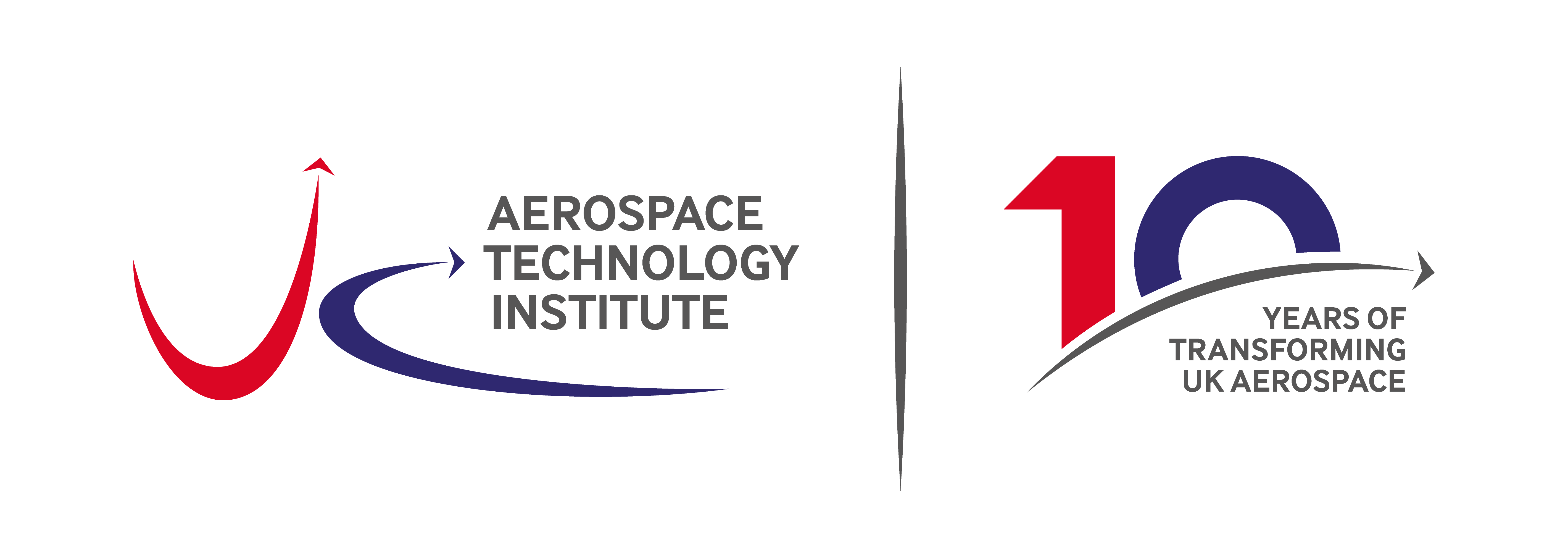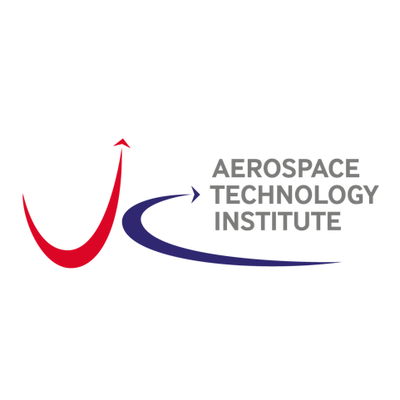Opportunities for international collaboration
For the second blog in our COP 26 series, the ATI welcomes guest contributor Prof Iain Gray of Cranfield University. Iain discusses the insights from a series of international meetings organised by Cranfield during 2021 about positioning the civil aviation industry for the future.

Prof Iain Gray
Ahead of the world coming to Glasgow this week, Cranfield University and the Air Transport Action Group (ATAG) hosted a series of virtual international summit meetings to re-imagine the Future of Civil Aviation in 2050. Bringing together senior representatives from airlines, airports, aerospace manufacturers, aviation disruptors, governments and academia from North America, South-East Asia, Europe and the UK, the meetings drew out some remarkable insights into how our business and political leaders see the future, the challenges that we face, and especially, the whole question of climate change.
There are nuances in how different leaders describe the challenges and the solutions, but much commonality in thinking. A recurring theme in our summits was the need to think globally. Whilst some initiatives can and must be taken at national and local levels, for aviation to continue as a key enabler of social and economic interactions throughout the world, we must work together on global solutions. Implementing measures in one part of the world without mirroring them at the other end of the journey will not solve our environmental challenges, and may even exacerbate them.
We were delighted to be invited by the International Civil Aviation Organisation (ICAO) to present our key findings at their September 2021 stocktake – billed as the most important global event of the year on decarbonising aviation. In summary, these were as follows:
- Aviation can be the model for sustainability: it can lead by example through global co-operation across industries, using shared principles, providing mutual support and demonstrating determination to work through challenges
- The next 10 years are critical to achieving the 2050 targets: aviation is a long-term business; to achieve the necessary technology shift requires significant investment now
- Sustainable aviation fuels are key: securing industry-wide adoption of sustainable aviation fuels (SAFs) is the fundamental next step for larger aircraft
- Need for industry resilience and contingency plans: future black swan events (including severe weather, future pandemics, international conflicts), could derail planned progress and should be built into long-term planning
- Future skills and diversity: there is intense competition for highly-skilled people and plans to develop new “green” aviation skills are essential
- Aerospace can address climate change beyond its borders: aerospace has always pushed the boundaries of technology to address the hardest challenges; its role in decarbonisation will amplify this, helping develop solutions with broad application
- The sector does not yet have all the answers: it is not yet clear which technologies will be viable, and some difficult trade-offs will be needed.
- Imperative role of financial support: continued government support – for example for programmes such as “Fly Zero” in the UK – is key, as is increased private investment.
- Governments must collaborate too: industry cannot manage the transition to sustainable aviation without the close coordination of governments, particularly in the area of regulation.
There are many great examples of innovative thinking across the aerospace and aviation sector today. The nature of the challenge makes collaboration more important than ever, and on a global scale – collaboration across business, between business and academia, between government and industry, and amongst governments. COP 26 represents a great opportunity to demonstrate this in action.


